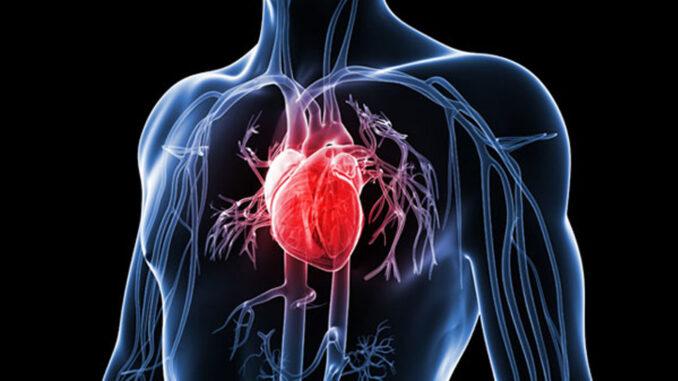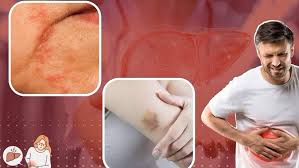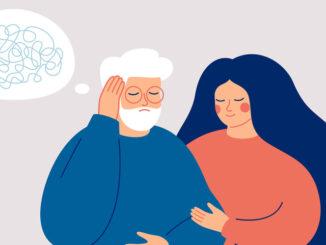
Last Updated on by lizzy
Heart disease encompass a wide range of conditions that affect the cardiovascular system, posing significant health risks. Understanding these conditions can help individuals recognize the importance of preventive measures and seek appropriate medical care when needed.

what is Heart Disease?
Heart disease refers to a group of conditions that affect the heart and its blood vessels, impairing their normal function. It is a broad term that encompasses various cardiovascular diseases, including coronary artery disease, heart failure, arrhythmias, valvular heart diseases, and congenital heart defects, among others.
Types of Heart Diseases
I. Congenital Heart Disease
Congenital heart disease refers to structural abnormalities present at birth, affecting the heart’s structure and function. It can involve defects in the heart walls, valves, or blood vessels. Common types include atrial septal defect, ventricular septal defect, and tetralogy of Fallot.
II. Coronary Heart Disease
Coronary heart disease (CHD) is a common type of heart disease that primarily affects the coronary arteries supplying blood to the heart. It occurs due to the buildup of plaque, leading to narrowing and blockage of the arteries. Risk factors for CHD include high blood pressure, high cholesterol levels, smoking, diabetes, and obesity.
III. Atherosclerosis
Atherosclerosis is a condition characterized by the formation of plaques within the arteries, restricting blood flow. It occurs due to the buildup of cholesterol, fat, and other substances in the artery walls.
IV. Cardiomyopathy
Cardiomyopathy refers to diseases that affect the heart muscle, impacting its ability to pump blood effectively. The three main types are dilated cardiomyopathy, hypertrophic cardiomyopathy, and restrictive cardiomyopathy.
V. Heart Attack
A heart attack, also known as myocardial infarction, occurs when blood flow to the heart muscle is blocked, leading to tissue damage. It is usually caused by a blood clot forming in a coronary artery already narrowed by plaque buildup.
VI. Pericarditis
Pericarditis is the inflammation of the pericardium, the sac-like membrane surrounding the heart. It can result from infections, autoimmune disorders, or certain medical conditions.
VII. Peripheral Vascular Disease
Peripheral vascular disease (PVD) affects the blood vessels outside the heart and brain, primarily in the legs and feet. It is often caused by atherosclerosis, leading to reduced blood flow to the extremities.
VIII. Rheumatic Heart Disease
Rheumatic heart disease can develop from inadequately treated streptococcal infections, particularly in childhood. It affects the heart valves and can lead to valve damage, resulting in heart murmurs, abnormal heart rhythms, and heart failure.
IX. Aortic Valve Stenosis
Aortic valve stenosis occurs when the valve that regulates blood flow from the heart’s left ventricle to the aorta becomes narrowed, restricting blood flow. It can be congenital or develop later in life due to age-related degeneration or other conditions.
X. Congestive Heart Failure
Congestive heart failure (CHF) is a condition where the heart is unable to pump blood efficiently, leading to fluid buildup in the lungs and other parts of the body. Causes can include coronary artery disease, high blood pressure, and cardiomyopathy.
XI. Atrial Fibrillation
Atrial fibrillation (AFib) is a common heart rhythm disorder characterized by irregular and often rapid heartbeats. It occurs when the heart’s upper chambers (atria) experience chaotic electrical signals. Risk factors for AFib include age, high blood pressure, heart disease, and thyroid problems. Symptoms can range from palpitations and fatigue to dizziness and chest pain.
Causes of Heart Disease
- High blood pressure
- High cholesterol levels
- Smoking Tobacco
- Obesity and unhealthy diet
- Lack of physical activity
- Diabetes.
- Family history
- Age and gender
- Stress
Symptoms of Heart Disease
Chest pain or discomfort
This is one of the most common symptoms of heart disease. The pain may feel like pressure, tightness, heaviness, or a squeezing sensation in the chest.
Shortness of breath
Feeling breathless or having difficulty breathing, especially during physical activity or while lying down, can be a sign. It may also be accompanied by a feeling of fatigue or exhaustion.
Fatigue
Unexplained fatigue or a general feeling of being tired and lacking energy can be a symptom of heart disease. The heart may be struggling to pump blood effectively, leading to reduced energy levels.
Palpitations
Heart palpitations refer to an irregular heartbeat or a sensation of skipped or extra beats. It may feel like the heart is racing, fluttering, or pounding in the chest.
Dizziness or lightheadedness
Feeling dizzy or lightheaded, especially upon exertion or when standing up, can be a symptom of reduced blood flow to the brain.
Swelling
Fluid retention can cause swelling in the feet, ankles, legs, or abdomen. This occurs because the heart may be unable to pump blood efficiently, leading to fluid buildup in the body.
Rapid weight gain
Sudden weight gain, often accompanied by swelling, can be a sign of fluid retention due to heart disease.
Nausea and vomiting
Some individuals with may experience episodes of nausea, indigestion, or vomiting, particularly in women.
Jaw, neck, or back pain
In some cases,it can cause pain or discomfort in the upper body, including the jaw, neck, or back.
Common Treatment for Heart Disease
This depends on the specific condition and its severity.
Lifestyle changes
This includes adopting a balanced diet low in saturated and trans fats, engaging in regular physical activity, maintaining a healthy weight
Medications
Various medications may be prescribed depending on the specific condition.
Medical procedures
- Angioplasty and stenting: A catheter with a balloon at its tip is inserted into the blocked or narrowed artery, and the balloon is inflated to widen the artery.
- Coronary artery bypass grafting (CABG):Involves using a blood vessel graft to bypass blocked coronary arteries, restoring blood flow to the heart.
- Valve repair or replacement: Damaged valves may be repaired or replaced with artificial valves.
- Implantable devices.
Cardiac rehabilitation
Cardiac rehabilitation programs provide a structured approach to recovery and management. They typically include supervised exercise, education on heart-healthy habits, and emotional support.
Lifestyle support
It’s crucial to manage other health conditions that can contribute to heart disease, such as diabetes or high blood pressure. Treating and controlling these conditions can help improve heart health.






Leave a Reply